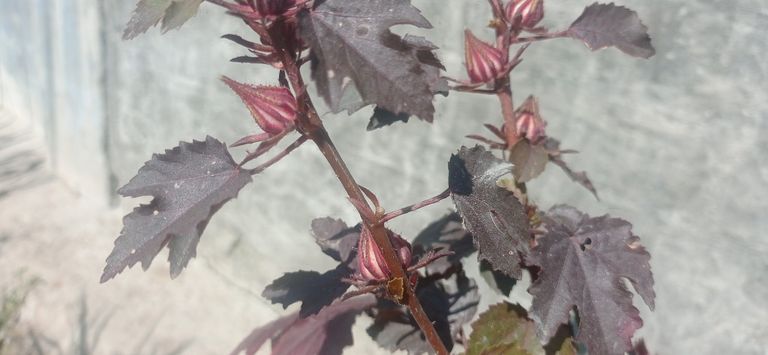The red jaba flower, known scientifically as Hibiscus rosa-sinensis, is a tropical plant admired for its striking beauty and cultural significance. It belongs to the Malvaceae family and is native to East Asia, but it has since spread to various tropical and subtropical regions around the world. The flower's vibrant red petals, which often measure 4 to 6 inches in diameter, make it one of the most recognizable and widely cultivated ornamental flowers.
The red jaba flower’s enduring popularity is a testament to its aesthetic beauty, symbolic significance, and versatile uses. Whether admired in gardens, used in cultural ceremonies, or valued for its medicinal properties, the hibiscus continues to capture the imagination of people worldwide, remaining a cherished flower for centuries.


Beyond its ornamental value, the red jaba flower is known for its medicinal properties, especially in traditional medicine. Various parts of the plant, including the petals, leaves, and roots, have been used in herbal remedies for centuries. In some cultures, hibiscus tea made from the flowers is believed to have health benefits, such as lowering blood pressure, improving digestion, and boosting the immune system. The flowers are also rich in antioxidants and vitamin C, contributing to their widespread use in natural wellness practices.


Cultivating red jaba flowers is relatively simple in warm, tropical climates, where they thrive in full sunlight and well-drained soil. They are resilient plants, tolerating a range of conditions, though they prefer temperatures between 60°F and 90°F (15°C to 32°C). Regular pruning helps to maintain the plant’s shape and encourages more blooms. In regions with colder climates, they can be grown as houseplants or in greenhouses to protect them from frost.


The red jaba flower is characterized by its large, showy blossoms with five overlapping petals that typically feature a prominent yellow stigma at the center. Its bold red hue is not just visually captivating but also symbolic in various cultures. In many Asian traditions, the red hibiscus is associated with beauty, passion, and love, often used in religious rituals or as an offering to deities. In Hawaii, it is the state flower, symbolizing the spirit of the islands and the warmth of the people.


So far Today...
Stay Home
Thanks for Your Time Friend.
♥♥♥♥♥♥
Ok
See you Again in a New blog.
Thanks for being with me.
Plese Follow Me......
@mspbro
★★To contact me★★
Subscribe My 3speak Channel https://3speak.online/user/mspbro
Follow me Twitter https://twitter.com/mdsumonpra
Add me Facebook https://www.facebook.com/sumon.mim84